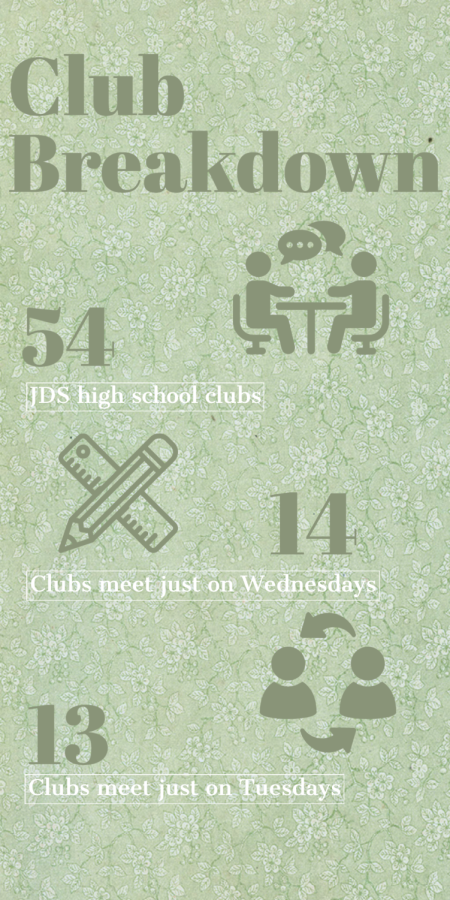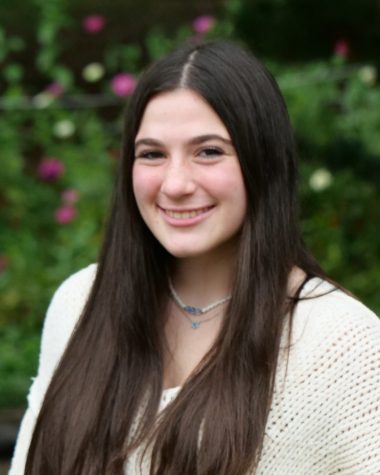Opinion: Volume of clubs leads to extracurricular overexertion
October 28, 2022
Part of what makes CESJDS students so special is not only their commitment to learning inside the classroom, but in their extracurricular activities as well. JDS high school students need not worry whether there will be a club compatible with their interests — from Yiddish to chocolate, we really do have something for everyone. And, if there isn’t anything appealing, students are able to easily start their own clubs.
However, that process has become too easy. With new clubs springing up left and right, each one looking more similar to the last, I am beginning to wonder if we’re establishing a culture that encourages extracurricular overexertion.
According to the clubs page on Schoology, there are currently 51 clubs in the high school. In an ideal world, where high school students had infinite time and no other commitments, this plethora of opportunities would be wonderful. Or, alternatively, if high school students were masters of time management, choosing between and balancing a wide selection of clubs might be feasible.
Unfortunately, that is not the world we live in.
High school students all over the country are faced with immense pressure to get involved in their school’s extracurricular offerings as a way to bolster their college applications — and it is no different at JDS. In fact, students have become so intimidated by their peers’ involvement that there is a mad rush to become the next “founder and president” of a new club.
Personally, I felt immense pressure to immerse myself in as many clubs as possible — even during the pandemic, a time I should have been focusing on my mental health over anything else.
In order to form a club at JDS, students need a teacher to be their advisor. It has gotten to the point where multiple teachers are having to turn down students’ requests for them to be a new club’s advisor, as they’ve already committed themselves to one or more clubs.
No matter how many times the college counselors tell us that having depth in one activity is more important than breadth of involvement in many, students continue to push themselves until they have absolutely no time left on their schedule and no stamina left for their commitments.
Twelve clubs meet on Wednesdays during lunch and Community Time, including two publications and both the Mock Trial and True Crime clubs. Students interested in journalism or criminal justice are therefore forced into a conflict of interest on Wednesdays, needing to choose between two clubs of similar nature.
On the other side of the same coin, there are 10 STEM-related clubs. While they do cover relatively different topics, the variety can be overwhelming. How are students supposed to choose between the Exercise Science and Sports Medicine clubs? I’ve noticed many students pushing themselves to “prove their interest” in STEM or other subjects by joining as many similar clubs as possible — a practice that hinders their ability to take a deep-dive into one specific club.
When I graduate in just a few months, this issue will no longer affect me. What I am hoping is not that our administration will restrict extracurricular activities, but rather that they will teach our high schoolers good time management skills and discourage overexertion.
From someone who knows what it’s like to be too committed — I implore students of all ages to explore what makes you happy, not just what “looks good” on your resume. Burnout is not a fun feeling, and can be detrimental to your mental health and academic progress in the long run.








